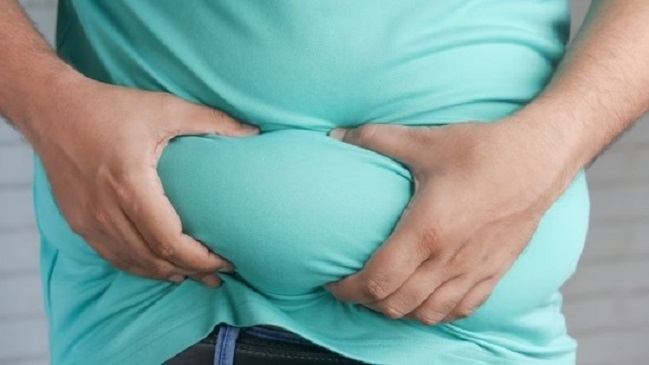
Boston [US]: A recent study published in the Journal of Clinical Endocrinology and Metabolism links age-related abdominal fat increase to decreased muscle density. Low muscle density means that the muscle is fattier, which may result in less effective athletic activity and, as a result, more falls.
Individuals with the greatest 6-year accumulation of visceral adipose tissue (VAT) in the belly had significantly lower muscle density, according to the study. These findings add to the growing dangers of body fat storage, as VAT accumulation is a preventable risk factor for poor musculoskeletal outcomes associated with ageing.
Entitled "Accumulation in Visceral Adipose Tissue Over 6 Years Is Associated With Lower Paraspinal Muscle Density," it is the first large, longitudinal study of the association between changes in VAT and muscle density.
"Most obesity research has focused on metabolic and cardiovascular outcomes such as diabetes, hyperlipidemia, hypertension, coronary heart disease, and osteoarthritis. But there is considerably less consensus on the role of obesity on the risk for low muscle mass or muscle density," said Lead Author Ching-Ti Liu, PhD, Professor in the Department of Biostatistics at Boston University School of Public Health, and Senior Author Douglas P. Kiel, M.D., M.P.H., Director, Musculoskeletal Research Center and Senior Scientist, Hinda and Arthur Marcus Institute for Aging Research.
The study found that VAT may represent a modifiable risk factor for poor musculoskeletal outcomes with ageing.
"The study adds important new information to public health efforts to reverse the trend of the growing obesity problem in the United States and worldwide," the authors said. "Fat that accumulates in the abdomen sometimes referred to as the 'male pattern,' was shown to produce less dense muscle surrounding the spine, resulting in less-effective muscle function."
The other researchers on the study were Timothy Tsai, M.P.H., Research Software Engineer II at the Hinda and Arthur Marcus Institute for Aging Research; Brett T. Allaire, Research Assistant III at the Center for Advanced Orthopedic Studies, Beth Israel Deaconess Medical Center; Mary L. Bouxsein, PhD, Professor of Orthopedic Surgery, Center for Advanced Orthopedic Studies, Beth Israel Deaconess Medical Center; Marian T. Hannan, D.Sc., M.P.H., Senior Scientist, Hinda and Arthur Marcus Institute for Aging Research; and Thomas G. Travison, Ph.D., Director of Biostatistics and Data Sciences, Co-Director of the Interventional Studies in Aging Center, Senior Scientist, Hinda and Arthur Marcus Institute for Aging Research. (ANI)







